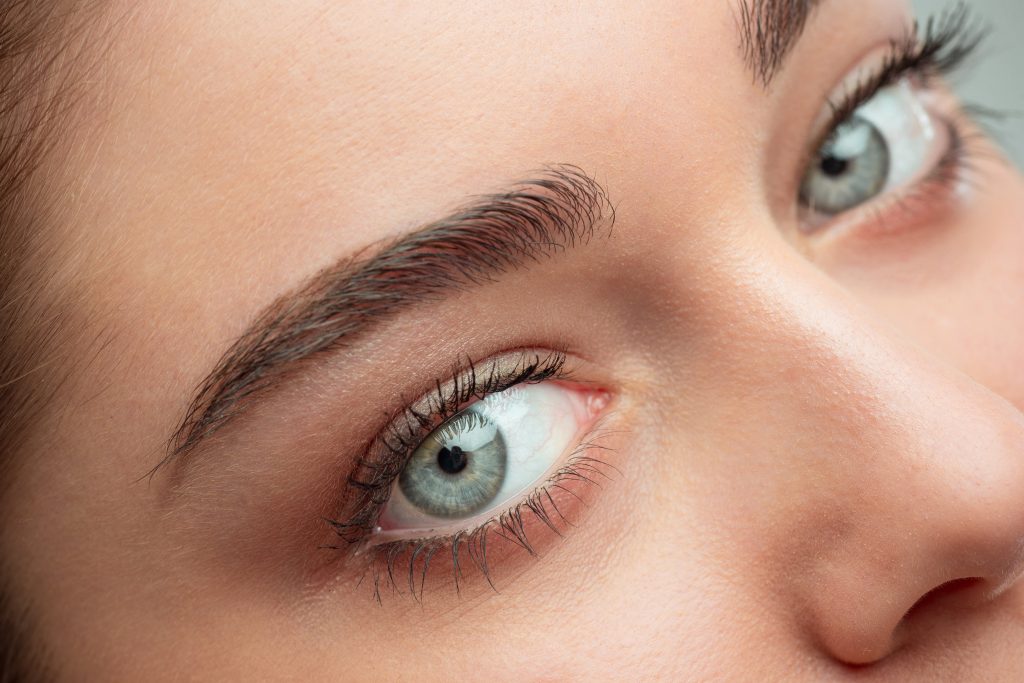The eyes are some of the most delicate features, and caring for them is essential to our well-being. We must be careful how we treat our eyes, especially after an injury or surgery. This care and attention should extend to the eyelids and the skin surrounding the eyes.
As we age, the skin around our eyes becomes thinner and more susceptible to injury. It can also begin to sag, droop, or develop fatty deposits. These changes can make our eyes and faces appear older than they are. At times, the excess skin and fat can even lead to vision problems. Surgery to remove the extra skin around the eyes is known as blepharoplasty. Surgeons can customize this procedure to address the upper or lower eyelids. Some patients may benefit from having upper and lower blepharoplasty simultaneously.
Whether you have an injury or plan to undergo surgery, treating an eyelid wound requires a delicate touch. It’s crucial to your recovery to know and understand what you should and shouldn’t allow near your eyes during this healing period.
Eyelid Injury Care
It’s important to keep your eyes clear of debris and avoid touching them to limit bacterial exposure. Your eyelids are crucial in the line of defense against eye injuries. They act as a barrier between your eyes and outside elements. Unfortunately, this leaves the eyelids themselves more vulnerable to injury.
If you suffer a scratch or cut on your eyelid, clean it with a sterile cloth and a mild soap. Wait until the injury is dry, or pat it gently to remove excess moisture. After sanitizing the injury, you can apply an antibiotic ointment. Neosporin and Polysporin are well-known examples of these ointments. Avoid getting antibiotic cream in your eyes since these can harm or damage them. You can then bandage the wound to help it heal and protect it from infection.
Eyelid Care After Blepharoplasty
You can also experience eyelid injuries due to medical procedures. Blepharoplasty is a surgery to remove skin and tissue deposits from the eyelids. Upper blepharoplasty addresses the issue of droopy or sagging eyelids, a condition that can worsen with age. Lower blepharoplasty diminishes the appearance of hollow, tired under eyes and bags caused by pockets of fat.
Whether you have upper or lower blepharoplasty, the recovery will be similar. Patients usually recover after two weeks; however, you may need to continue to avoid strenuous exercise or lifting heavy objects for as long as four weeks.
Your surgeon will prescribe an antibiotic ointment to protect your eyelids from infection during your recovery. Apply this medication gently to avoid putting too much pressure on the eyelid. Refrain from rubbing or touching your eyes as much as possible to prevent additional bleeding or bruising.
Conclusion
Eyelids act as a barrier between our eyes and environmental debris. If you have an eye injury, clean the wound, apply antibiotic ointment, and cover the injury with a sterile bandage. After blepharoplasty, you can use the cream prescribed by your surgeon to help prevent infection.
If you have questions about blepharoplasty, the team at Northwest Face & Body is here to help. Call us at (425) 576-1700 to learn more about our procedures or schedule a consultation.







